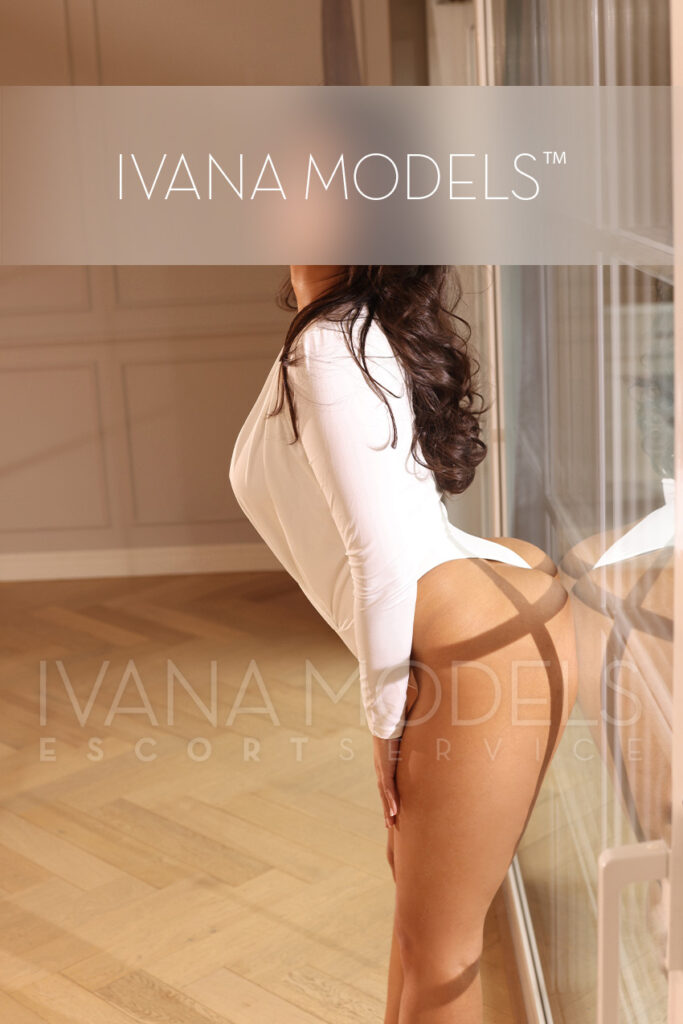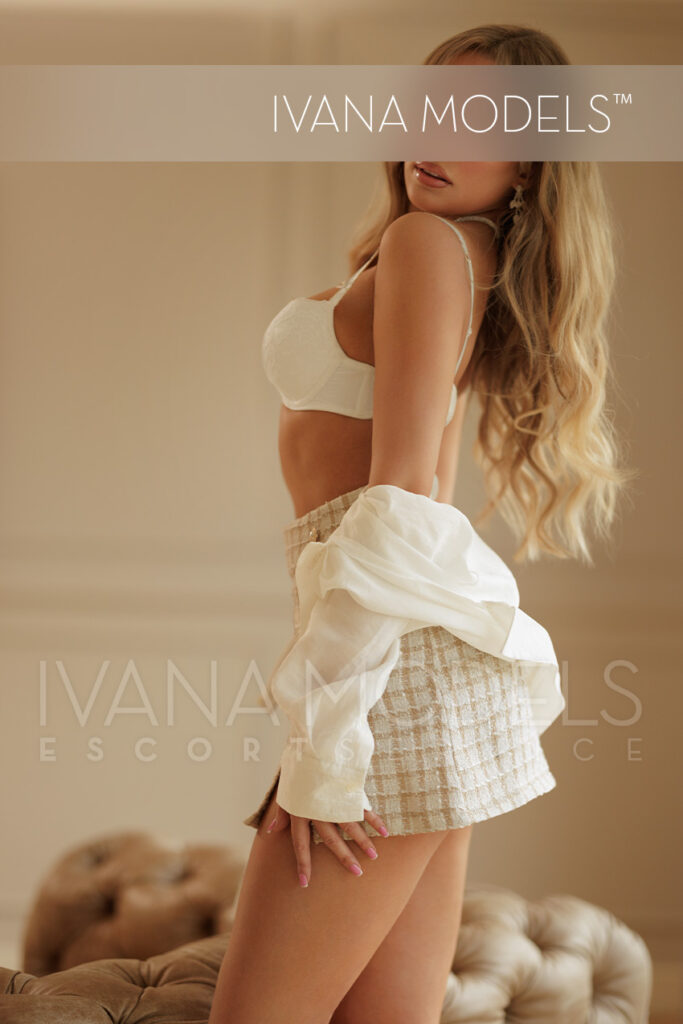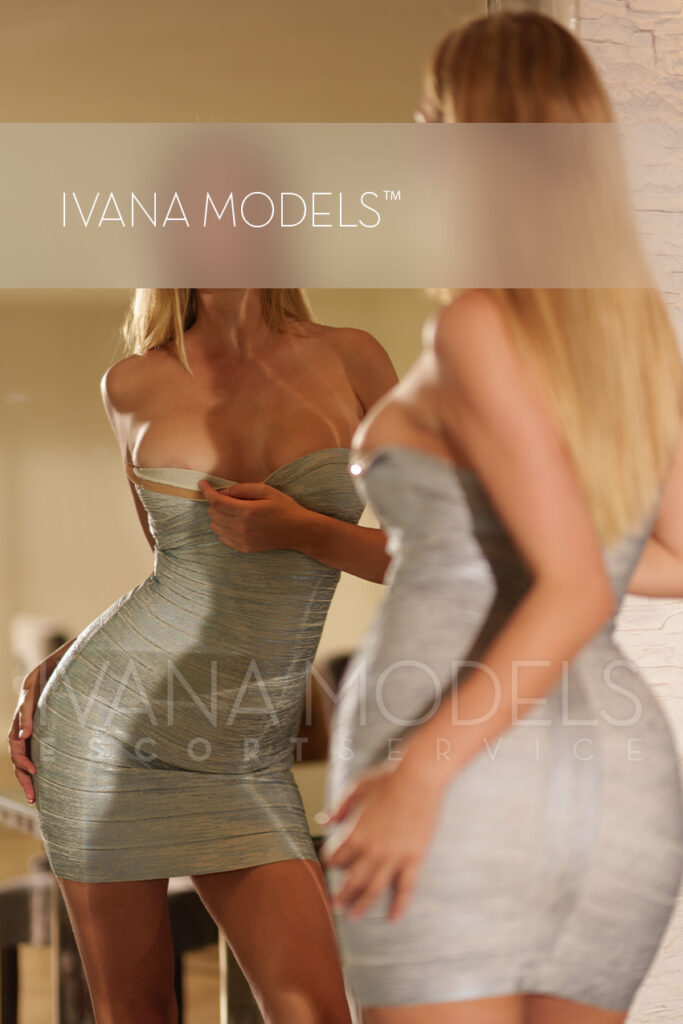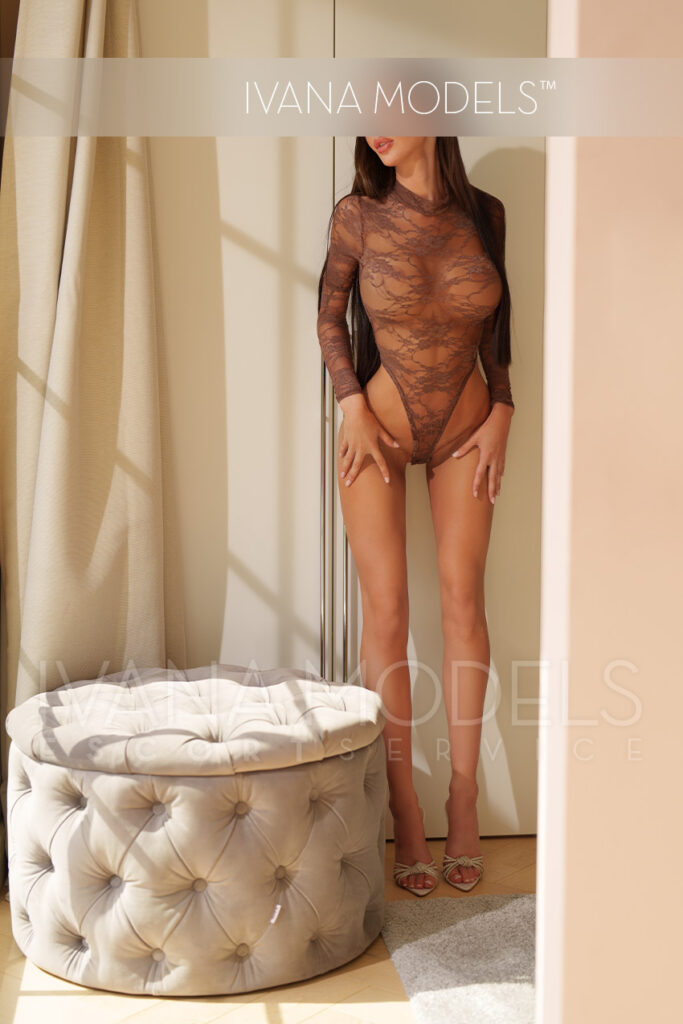Introduction to Relaxing Massage
Relaxing massage is an age-old practice that transcends cultures and continents. It’s a holistic therapy designed to harmonize the body and mind, offering a respite from the stresses of daily life. The core idea behind relaxing massage is to induce a state of tranquility and rejuvenation through the power of touch.
Definition and Purpose
Relaxing massage involves various techniques to manipulate the soft tissues of the body, aiming to alleviate muscle tension, enhance circulation, and promote overall well-being. It’s not just a physical experience; it encompasses mental and emotional relaxation as well, offering a unique blend of physiological and psychological benefits.
Historical Overview
The origins of massage therapy can be traced back thousands of years, with roots in ancient civilizations like China, Egypt, and Greece. Each culture had its unique approach, but the underlying principle was the same – using touch as a means to heal and soothe. Over the centuries, these practices evolved, culminating in the diverse range of massage techniques available today.
Cultural Significance
Across different cultures, massage has been revered not just as a therapeutic tool but also as a form of art and spiritual practice. In many societies, it’s an integral part of traditional medicine and wellness rituals. The cultural significance of massage is evident in how it’s perceived and practiced globally – as a nurturing, healing, and restorative process.
The Essence of Relaxing Massage Techniques
Understanding the Techniques
The essence of a relaxing massage lies in its techniques, which are as varied as they are effective. From gentle strokes to more targeted pressure, each method serves a specific purpose in enhancing relaxation and wellbeing.
Effleurage (Gliding Strokes): This technique involves smooth, flowing strokes using the palms. It’s often the introductory gesture in massage, setting a calming rhythm. Effleurage is instrumental in warming up the muscles, promoting blood circulation, and preparing the body for deeper pressure.
Petrissage (Kneading): Resembling the process of kneading dough, this technique works deeper into the muscle tissue. It aids in releasing knots, reducing muscle tension, and improving lymphatic drainage. Petrissage is particularly beneficial for areas that harbor stress, like shoulders and neck.
Tapotement (Rhythmic Tapping): Characterized by brisk, rhythmic tapping, this technique invigorates the body. It stimulates blood flow and can be particularly refreshing for tired muscles.
Friction: Involving deep, circular movements, friction helps to break down adhesions and muscle knots. It is a more intense technique that can reach deeper layers of muscle.
Vibration/Shaking: This involves quick, oscillating movements to relax muscles and stimulate nerve endings. It can range from a gentle jostling to a vigorous shake, depending on the recipient’s preference.
Each of these techniques requires a nuanced understanding of human anatomy and a responsive approach to the recipient’s feedback. The effectiveness of a massage often hinges on the skillful application and combination of these techniques, tailored to individual needs and responses.
Types of Relaxing Massages
The world of relaxing massage is diverse, offering a variety of styles each with unique benefits and techniques. From the gentle, flowing movements of Swedish massage to the targeted pressure of deep tissue work, there’s a type of massage to suit every need and preference. This section explores the most popular types of relaxing massages, highlighting their specific techniques, benefits, and ideal scenarios for their use. Whether it’s for therapeutic relief, relaxation, or specific health conditions, understanding these different massage types can help individuals choose the most suitable approach for their wellness journey.
Swedish Massage
This type of massage utilizes gentle, long strokes to reduce stress and tension. It’s known for its soothing effect and is ideal for those new to massage or sensitive to deep pressure.
Techniques: Involves long, flowing strokes, kneading, and circular movements.
Benefits: Reduces stress, enhances circulation, and relaxes the body.
Ideal Scenarios: Perfect for beginners, those seeking general relaxation, or managing minor tension.
Deep Tissue Massage
Targeting the deeper layers of muscle, this massage addresses chronic pain and muscle tension. It’s beneficial for those with persistent muscle discomfort or who engage in heavy physical activity.
Techniques: Focuses on deeper layers of muscles using slow strokes and deep pressure.
Benefits: Relieves chronic muscle pain, reduces tension, and improves mobility.
Ideal Scenarios: Suitable for athletes, those with chronic pain, or individuals who prefer intense pressure.
Prenatal Massage
Specially designed for pregnant women, this massage eases discomforts like back pain and swelling. It’s tailored to the unique needs of pregnancy, ensuring safety and comfort.
Techniques: Gentle massage tailored to the needs of pregnant women.
Benefits: Eases back pain, reduces swelling, and promotes overall wellness during pregnancy.
Ideal Scenarios: Recommended for pregnant women, particularly in the second and third trimesters.
Medical Massage
Focused on specific medical conditions and injuries, this massage incorporates various techniques to alleviate pain and aid in recovery. It’s often part of a broader medical treatment plan.
Techniques: Combines various massage methods to address specific medical conditions.
Benefits: Alleviates pain, supports recovery, and improves functional mobility.
Ideal Scenarios: Beneficial for individuals undergoing medical treatment or recovering from injuries.
Sports Massage
Ideal for athletes, this massage focuses on the muscles used in sports and exercise. It aims to improve flexibility, reduce soreness, and aid in recovery, both pre- and post-activity.
Techniques: Incorporates deep tissue techniques and stretches tailored for athletes.
Benefits: Enhances performance, reduces recovery time, and prevents injuries.
Ideal Scenarios: Ideal before or after athletic events, or as part of an athlete’s regular training regimen.
Hot Stone Massage
This massage uses heated stones placed on key points of the body. The warmth penetrates deep into the muscles, providing relief and deep relaxation.
Techniques: Uses heated stones placed on specific body parts, combined with massage.
Benefits: Deep muscle relaxation, improved circulation, and stress relief.
Ideal Scenarios: Great for deep relaxation, managing stress, and relieving muscle tightness.
Cupping Massage
Involving suction cups applied to the skin, cupping massage is believed to increase blood flow and promote relaxation, addressing issues like pain and inflammation.
Techniques: Involves placing suction cups on the skin to create a vacuum.
Benefits: Increases blood flow, relieves pain, and aids in relaxation.
Ideal Scenarios: Effective for muscle pain, inflammation, and enhancing overall wellbeing.
Chair Massage
A convenient option for a quick relaxation session, chair massage targets the head, neck, shoulders, and back. It’s popular in workplaces and public settings for its accessibility and efficiency.
Techniques: Focused massage while seated, targeting the back, neck, and shoulders.
Benefits: Quick relief from tension, improved circulation, and reduced stress.
Ideal Scenarios: Convenient for busy settings like offices or public events, for a quick relaxation break.
Table Thai Massage
A variation of traditional Thai massage, this style combines elements of yoga, shiatsu, and reflexology, providing a unique and holistic relaxation experience.
Techniques: Combines stretching, pressure points, and rhythmic movements.
Benefits: Improves flexibility, reduces tension, and balances body energy.
Ideal Scenarios: Suitable for those seeking a dynamic and invigorating massage experience.
Geriatric Massage
Tailored for older adults, this gentle massage enhances circulation and promotes relaxation. It’s adjusted to cater to the specific physical needs and health conditions of the elderly.
Techniques: Gentle strokes and movements suited for older adults.
Benefits: Enhances circulation, promotes relaxation, and improves mobility.
Ideal Scenarios: Ideal for elderly individuals needing a softer, more nurturing touch.
Benefits of Relaxing Massage
Physical and Mental Well-Being
Physical Benefits: A relaxing massage offers a myriad of physical benefits. It can significantly improve circulation, leading to better oxygen and nutrient supply to the muscles. This process aids in faster recovery and reduces muscle stiffness and soreness. Enhanced flexibility and a decrease in joint inflammation are also notable benefits. Additionally, for those engaged in physical activities, massages can quicken recovery between workouts.
Mental Health Advantages: The mental health benefits of relaxing massage are equally profound. It has been shown to lower stress levels, thereby improving the overall mood. The relaxation and calmness induced by massage can decrease anxiety, leading to improved mental clarity and increased energy levels. This sense of mental wellbeing is an integral part of holistic health.
Aid for Specific Conditions: Relaxing massage can be a supportive therapy for various conditions. It’s known to help alleviate symptoms of anxiety, depression, headaches, and insomnia. For people suffering from chronic conditions like fibromyalgia or nerve pain, massage can offer significant relief.
Enhancing the Massage Experience
Creating the Right Environment
Choosing the Right Massage Oil or Lotion: The selection of oils or lotions can greatly influence the massage experience. Options like coconut, almond, and jojoba oil cater to different skin types and preferences. Slightly warming the oil or lotion can add an extra layer of comfort.
Setting the Ambiance: The ambiance plays a crucial role. Soft, dim lighting, perhaps with candles, and gentle instrumental music or nature sounds can significantly enhance the relaxing atmosphere. Ensuring the room temperature is comfortable is also key.
Comfort of the Recipient: Using a padded massage table or a firm bed with soft sheets can ensure physical comfort. Pillows and bolsters provide additional support. Privacy and minimal disturbance are essential for mental relaxation.
Massage Techniques and Communication
Breathing Techniques: Encouraging the recipient to take deep, slow breaths can aid in releasing tension and improving oxygen flow, enhancing the massage’s effectiveness.
Open Communication: Maintaining a dialogue about pressure, comfort, and focus areas ensures that the massage is tailored to the recipient’s needs.
Adjusting Techniques Based on Feedback: Being attentive to both verbal and non-verbal cues from the recipient allows for a more personalized and effective massage experience.
Mindfulness and Presence: The masseuse’s full presence and intention in each stroke can deepen the connection and the effectiveness of the massage.
Finishing Touches: Using a warm towel to wipe away excess oil and offering a glass of water post-massage can leave the recipient feeling refreshed and cared for.
Safety and Best Practices in Massage
Pre-Massage Considerations
Initial Consultation: Before starting, a brief discussion about the recipient’s medical history, allergies, and specific areas of concern is crucial. This ensures a safe, customized massage experience.
Handling Sensitive Areas: Care is necessary around bruises, wounds, or recent scars. Areas near bone fractures, sprains, or inflamed regions require gentleness or avoidance.
Contraindications: Certain conditions like deep vein thrombosis or severe osteoporosis might necessitate abstention from massage unless there’s explicit approval from a healthcare professional.
During the Massage
Pressure Application: Starting gently and gradually increasing pressure based on comfort level is recommended, avoiding deep pressure near sensitive areas like the kidneys or neck.
Allergy Considerations: Ensuring no allergic reactions to massage oils or lotions is crucial. A patch test for those with sensitive skin or allergies can prevent adverse reactions.
Post-Massage Care
Managing After-Effects: Allowing time for the recipient to rest post-massage, especially if they feel drowsy or light-headed, is important.
Hydration: Encouraging drinking water post-massage helps flush out toxins.
Professional Requirements
Training and Certification: For those offering massages professionally, obtaining appropriate training and certification is essential for safe and effective practice.
FAQ: Relaxing Massage
1. Do Your Hands Ever Hurt?
Yes, giving a massage can be physically demanding. A massage therapist may burn up to 300 calories in a one-hour session, indicating the effort involved.
2. What Kind of Training Did You Receive?
In the United States, massage therapists complete 500-1,000 hours of education, depending on the state. They must also pass a national exam covering anatomy, physiology, pathology, and more.
3. What Are Those Little Knots in My Shoulders?
These “knots” are not actual knots in the muscle fibers, but hypersensitive nodules causing muscle contraction. Regular massages, exercise, and postural awareness can alleviate them.
4. What If I Fall Asleep, Snore, or Fart During My Massage?
These are natural responses and signs of relaxation. It’s nothing to be embarrassed about.
5. Should I Take Off My Underwear?
It’s a personal choice. You can undress to your comfort level, and most therapists will provide draping for privacy.
6. How Often Should I Get Massages?
The frequency depends on your physical condition, mental health, and circumstances. Ideally, once a week is beneficial, but even once a month can yield positive changes.
7. Is Deep Tissue Massage Better Than Swedish?
Not necessarily. The effectiveness depends on your body’s needs. Sometimes moderate or gentle pressure can be more beneficial.
8. What Should I Do If I Feel Uncomfortable During My Massage?
Always speak up. Therapists can adjust the pressure, temperature, or address any discomforts you may have.
9. How Much Should I Tip My Massage Therapist?
The standard spa gratuity is 20% of the treatment price. You may tip extra for exceptional service.
10. What is massage therapy?
It involves manipulating soft tissues of the body to promote relaxation, relieve pain, and improve well-being.
11. Will a Massage Release Toxins?
Yes, massages stimulate the release of toxins. Lymphatic drainage massages are particularly effective for this purpose.
12. Will a Massage Help with Back Pain?
A skilled therapist can significantly alleviate back pain through tailored massage techniques.
13. Can Massage Therapy Help with Sciatica and Anxiety?
Yes, massage therapy can relieve stress on nerves causing sciatica pain and reduce anxiety through therapeutic techniques.
14. Does Massage Therapy Aid in Treating Headaches and Frozen Shoulder?
Massage therapy is effective in treating headaches, migraines, and conditions like frozen shoulder.
15. Can Massage Therapy Assist in Weight Loss?
While not directly causing weight loss, massage can boost metabolism and energy levels, supporting weight loss efforts when combined with healthy lifestyle choices.
Conclusion
The practice of relaxing massage is a multifaceted art that extends beyond mere physical manipulation. It’s a therapeutic journey that harmonizes the body, mind, and spirit. Through understanding its types, techniques, benefits, and safety protocols, individuals can unlock a world of relaxation and healing. Whether one is a practitioner or a recipient, the key lies in appreciation and respect for this ancient practice.
In concluding this lexicon, it’s vital to emphasize the importance of ongoing education and practice in the field of massage therapy. Each massage session is an opportunity to explore the depths of relaxation and well-being, fostering a culture of care and wellness.
Note:
The listed sexual preferences in our erotic lexicon are for informational purposes only. The escort model by Ivana Models do not guarantee any specific activities or services. Each lady decides independently and situationally whether to engage in any listed preference. None of the preferences are obligatory or mandatory.










